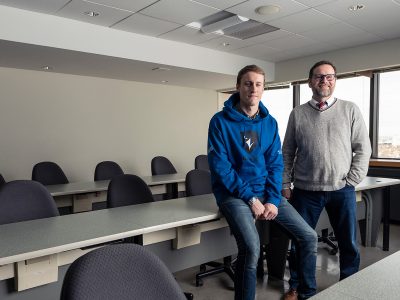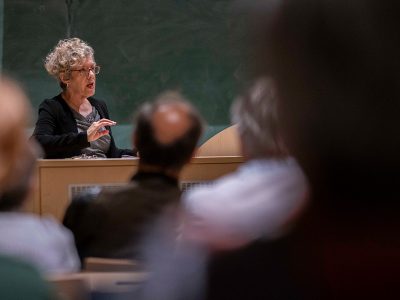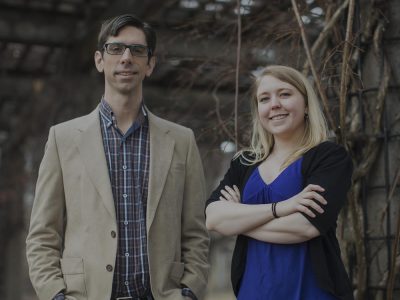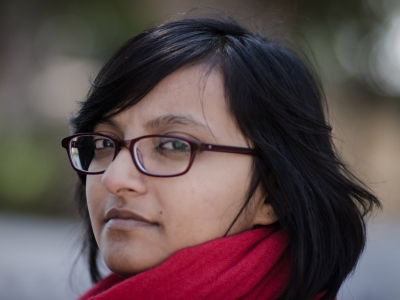By Jena Lynde-Smith and Anmiao Wu
Data science is like detective work for information. It uses scientific methods to collect, organize, and analyze data, uncovering useful patterns and insights. As a national hub of data sciences, Carleton University is deeply engaged in data research. With more than 170 data researchers, across five faculties and 26 departments, Carleton is addressing real-world issues including social movements, accessibility, finance, human behavior, and health and wellness.
Read how Carleton data science researchers are making an impact below.
- Mohamed Al Guindy, Media Coverage Effect on Cryptocurrencies
- Jim Green, Non-Contact Monitoring for Neonatal Care
- Majid Komeili, AI Assistive Tools for Students with Disabilities
- Merlyna Lim, Understanding Technology and Society
- Jennifer Schellinck, Simulations to Understand Exploitation
Mohamed Al Guindy, Business
Uncovering the Effect of Media Coverage on Cryptocurrencies
Cryptocurrencies, such as Bitcoin and Ethereum, have garnered significant attention from the media due to their innovative technology and the potential for high returns on investment. However, this media attention can distort market perceptions, create instability, and increase the risk for investors.
Mohamed Al Guindy, a leading researcher in business and financial technology, is spearheading this research to shed light on the relationship between media attention and cryptocurrency price fluctuations.
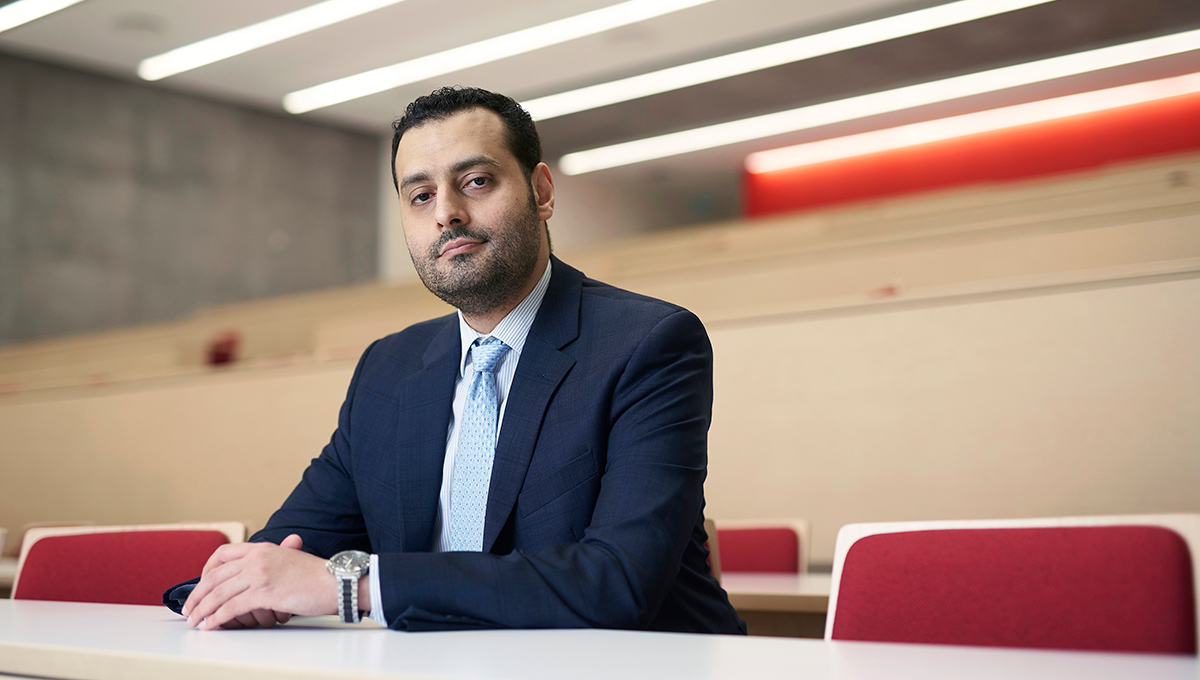
Mohamed Al Guindy
“It’s crucial for investors to educate themselves on these issues prior to delving into the unknown. I think this is especially important at a time when there is so much ‘hype,’ and so little fundamental or useful information,” Al Guindy explains.
Al Guindy’s research is motivated by the extensive media coverage of cryptocurrencies, particularly Bitcoin, and its potential impact on investor behavior. By analyzing tens of millions of tweets, he has found that heightened media coverage and investor attention may contribute to greater price volatility (instability), posing challenges for small investors in the cryptocurrency market.
“It might appear easy to follow the crowd and jump on the bandwagon, but that may not be the most optimal choice,” Al Guindy says.
Al Guindy’s work is paving the way for informed decision-making in the cryptocurrency market.
“I believe that many of the emerging and most important research questions in business and finance can be addressed using data science and big data.”

Jim Green, Systems and Computer Engineering
Revolutionizing Neonatal Care with Non-Contact Monitoring
In the neonatal intensive care unit (NICU), where every second is critical, traditional wired sensors can present significant challenges. These sensors – while vital for monitoring the health of fragile newborns – can be cumbersome for parents and clinicians, are prone to signal distortions and may irritate the baby’s delicate skin.
Jim Green, Carleton systems and computer engineering professor and leading researcher in biomedical informatics, is spearheading a groundbreaking project to transition neonatal care towards non-contact sensors. His research, conducted in collaboration with CHEO and IBM, harnesses the power of computer vision and machine learning to monitor neonatal health without the need for intrusive sensors.
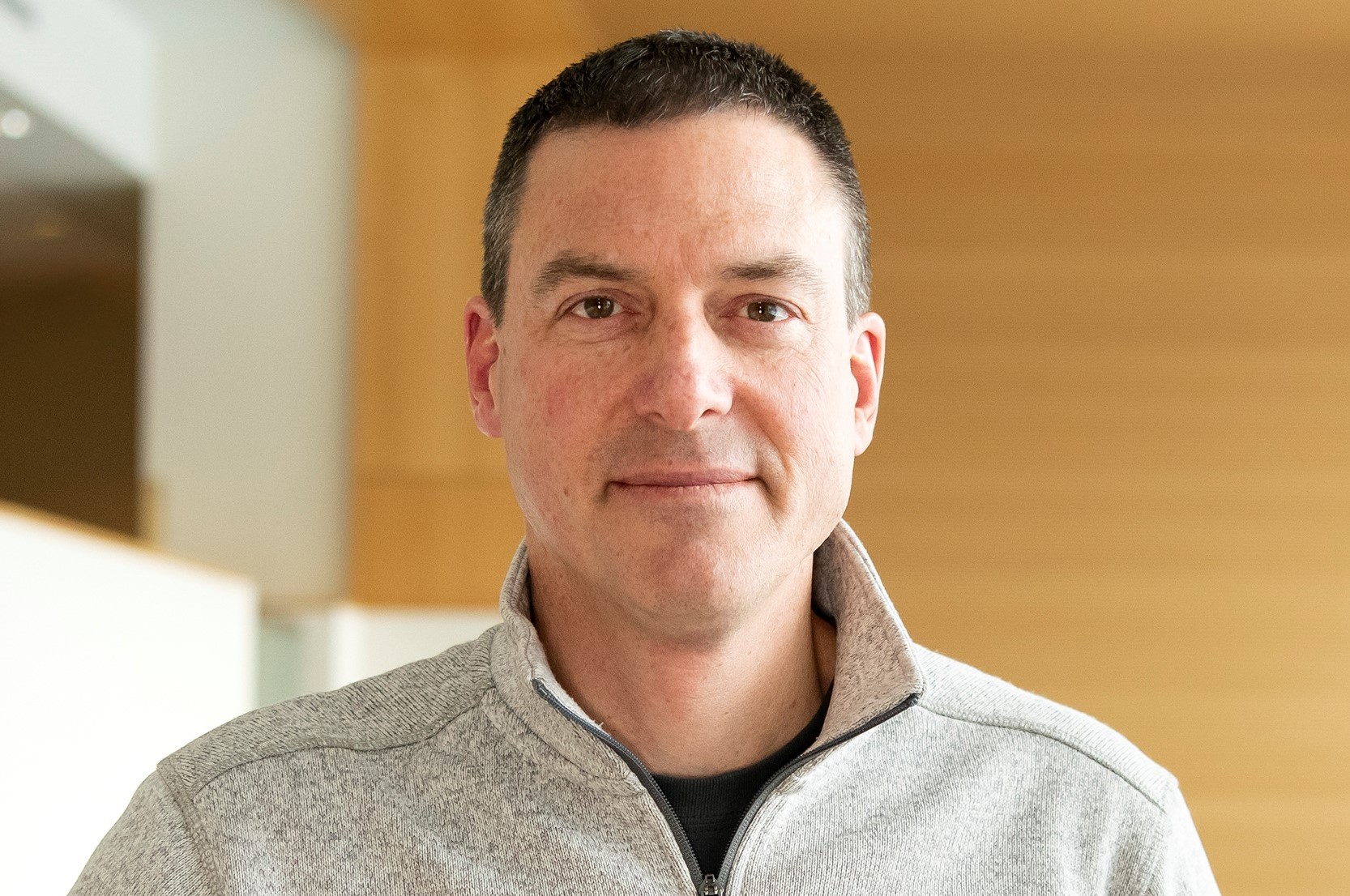
Jim Green
“We have collected over 100 hours of sensor data from neonates, along with gold standard vital signs and detailed annotations of clinical events,” Green explains. “We are now mining these data sets to develop novel sensing solutions for multiple aspects of neonatal health monitoring.”
Green is developing new techniques that don’t involve touching patients directly. Instead, he is using non-contact sensor modalities such as cameras that detect colour and depth as well as mats that sense contact pressure. These sensors can identify where the patient is in the bed, keep track of how they move, identify medical treatments they are receiving, and even estimate vital signs such as heart and respiration rates.
“Non-contact sensors can supplement and eventually replace wired sensors,” Green says.
The significance of Green’s work extends beyond the NICU. By leveraging large datasets and innovative algorithms, he is paving the way for a new era of non-contact patient monitoring that includes healthy aging in place.
“Two of my own children were treated in the NICU,” says Green. “I have always sought to apply engineering to solve problems in the biomedical field, but working with the NICU is especially important to me.”

Majid Komeili, Computer Science
Developing AI Assistive Tools for Students with Disabilities
Living with disabilities poses daily challenges, impacting mobility, communication, access to information, and social participation, which can lead to feelings of isolation and exclusion.
Majid Komeili, a computer science researcher and director of the Intelligent Machines Lab, is creating groundbreaking AI assistive tools for individuals with disabilities.
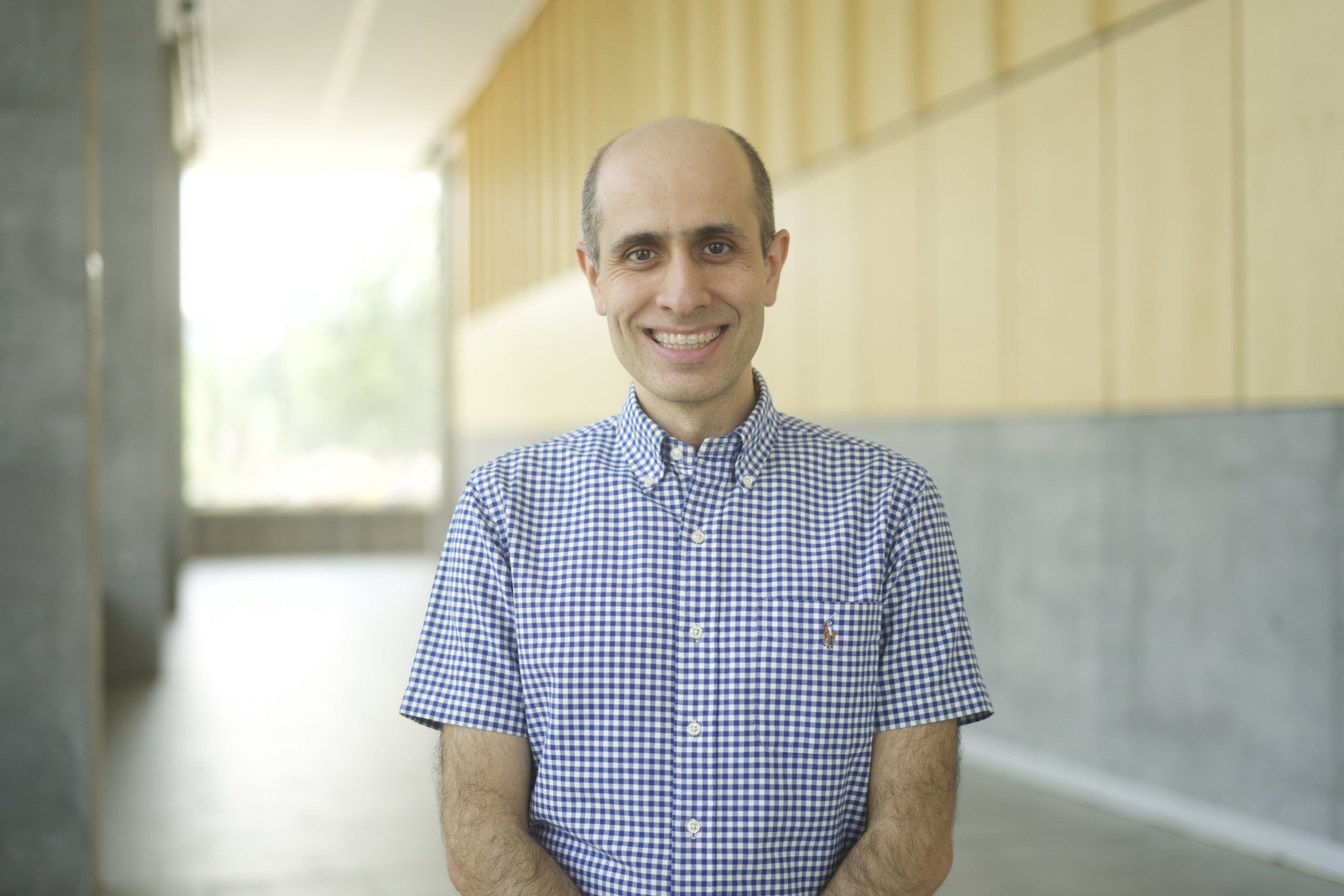
Majid Komeili
One of his flagship interdisciplinary projects, Ava (Accessibility Virtual Assistant), aims to use generative AI and natural language processing to provide personalized support for students with disabilities. Ava engages students in dialogue and uses their responses to train AI models, aiming to understand their specific needs and challenges.
“Many students with disabilities face barriers in accessing educational resources and receiving support tailored to their needs,” says Komeili, who is working on the project with Carleton’s Boris Vukovic.”AI-enabled assistive tools, such as Ava, have the potential to level the playing field.”
In another innovative project, Komeili and his team are using generative AI and computer vision to address the challenge of conveying graphical information to blind individuals. By converting map images into tactile representations, they are enabling visually impaired individuals to access and interpret information independently. This not only enhances their autonomy but also reduces the design time required for creating tactile maps, making them more widely available.
“This research is deeply meaningful to me as it represents an opportunity to contribute to a more inclusive and equitable society,” Komeili says.
“Accessibility in education and information is a fundamental right, and leveraging AI to facilitate equal access aligns with my commitment to social impact through technology.”
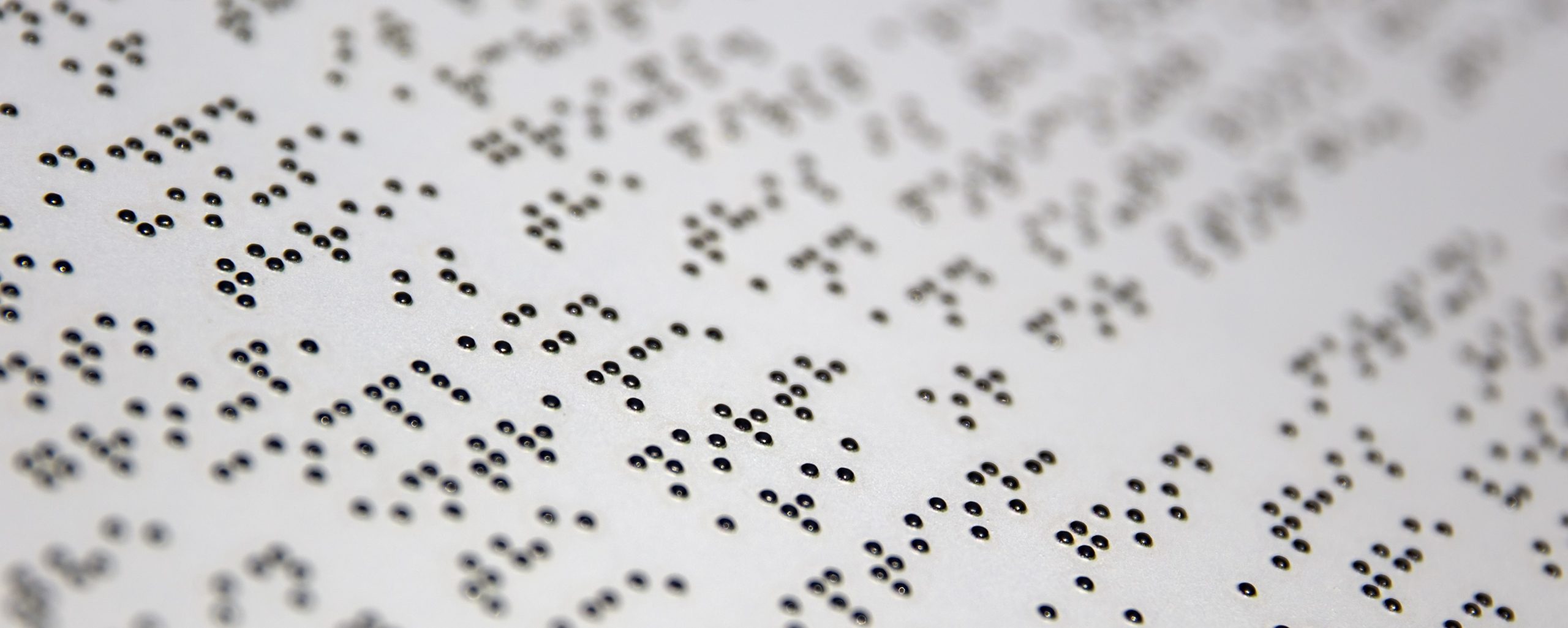
Merlyna Lim, Communications
Understanding Technology and Society for a Better World
Understanding the connections between technology and society is crucial for informing policy, addressing inequalities and ensuring sustainability.
Carleton communications researcher, Merlyna Lim, uses big and small data to analyze the relationship between technology and society, examining the societal implications of digital platforms like social media, automation, and AI. Her work explores how these technologies shape communication, connectivity, community formation, and collective actions among individuals, with a special emphasis on activism and social movements.

Merlyna Lim
“My research aims to address real-world problems arising from the rapid usage of digital technology such as inequality, privacy protection, disinformation, algorithmic bias/discrimination, citizen engagement, democratic participation, and social cohesion,” explains Lim who is Carleton’s Canada Research Chair in Digital Media and Global Network Society.
One of Lim’s notable contributions is her research on the impact of social media on political discourse and polarization. Through data analysis of digital platforms, she has shown that while social media platforms themselves do not directly cause polarization, they can exacerbate existing divisions.
“My work introduces ‘algorithmic marketing culture’ concept which reveals how social media algorithms and marketing principles prioritize superlative content that evoke strong emotions like ‘love’ or ‘hate,'” Lim says.
“This leads to the spread of simplified, one-sided, and extreme content, including conspiracies and radical posts.”
Lim’s upbringing in an industrial slum in Indonesia, marked by marginalization and limited opportunities for meaningful societal engagement, is the source of her passion for driving positive social change.
“I fully recognize that I alone cannot change the world,” says Lim. “But I aspire to be part of a larger network of individuals throughout history who strive to contribute to societal change, no matter how modest our individual contributions may seem and how daunting the present circumstances may be.”
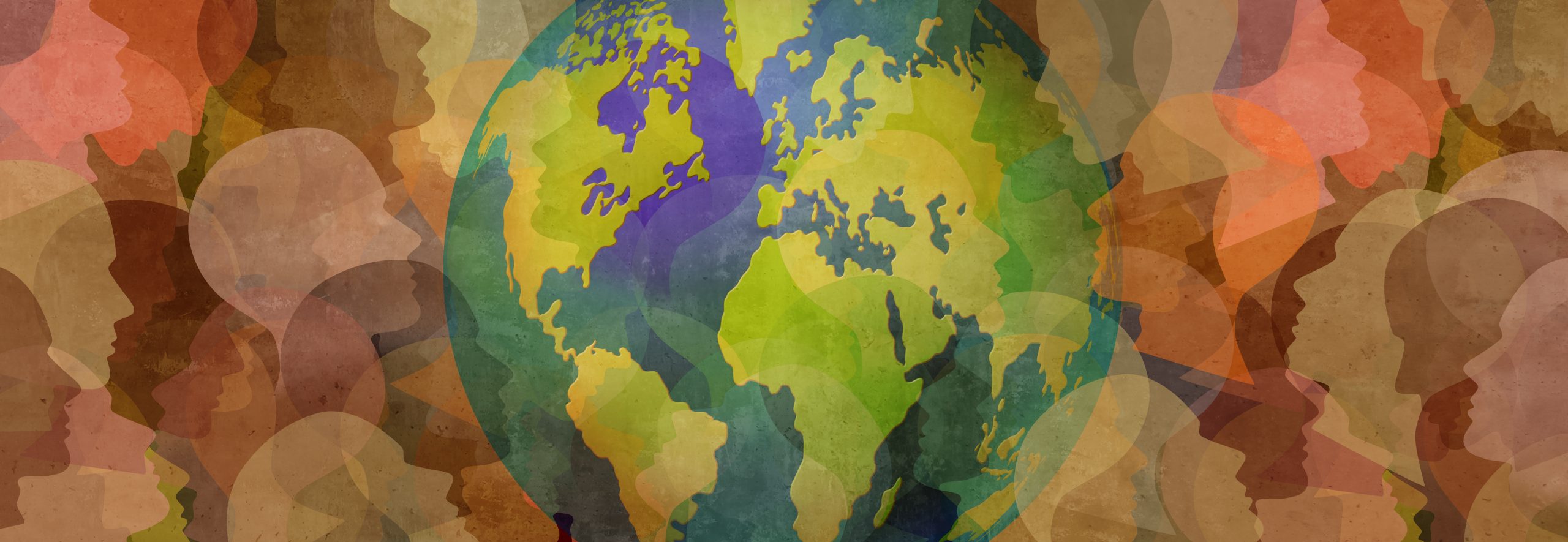
Jennifer Schellinck, Cognitive Science
Using Artificial Simulations to Understand Human Exploitation
Exploitation refers to the unfair or unethical use of someone or something for one’s own advantage or benefit. It can occur in various forms, including economic exploitation, social exploitation, and environmental exploitation.
Jennifer Schellinck, a cognitive science researcher, is seeking to determine what conditions lead to the emergence of different types of exploitation through a unique approach: studying interactions between artificial agents in a simulated environment.

Jennifer Schellinck
“By studying this type of problem using simulations and data analysis I hope to make it possible to gain an understanding of the origins and underpinnings of exploitation,” she explains. “This in turn could help to reduce the amount of exploitation in the world.”
Analyzing large datasets to understand complex connections between these agents, Schellinck is shedding light on what makes individuals more vulnerable to exploitation in various environments.
“What we have seen during the simulations is that both exploitation and cooperation are connected to goal seeking,” says Schellinck on her findings.
“This suggests that exploitation and cooperation can co-exist but the dynamics might change depending on the situation.”
Schellinck believes this research also has broader implications for understanding human behavior.
“I believe that cooperation and individual agency are both important components of human life, and I think that understanding them, as well as the ways they can cause issues, is important for how we continue to thrive as a species.”
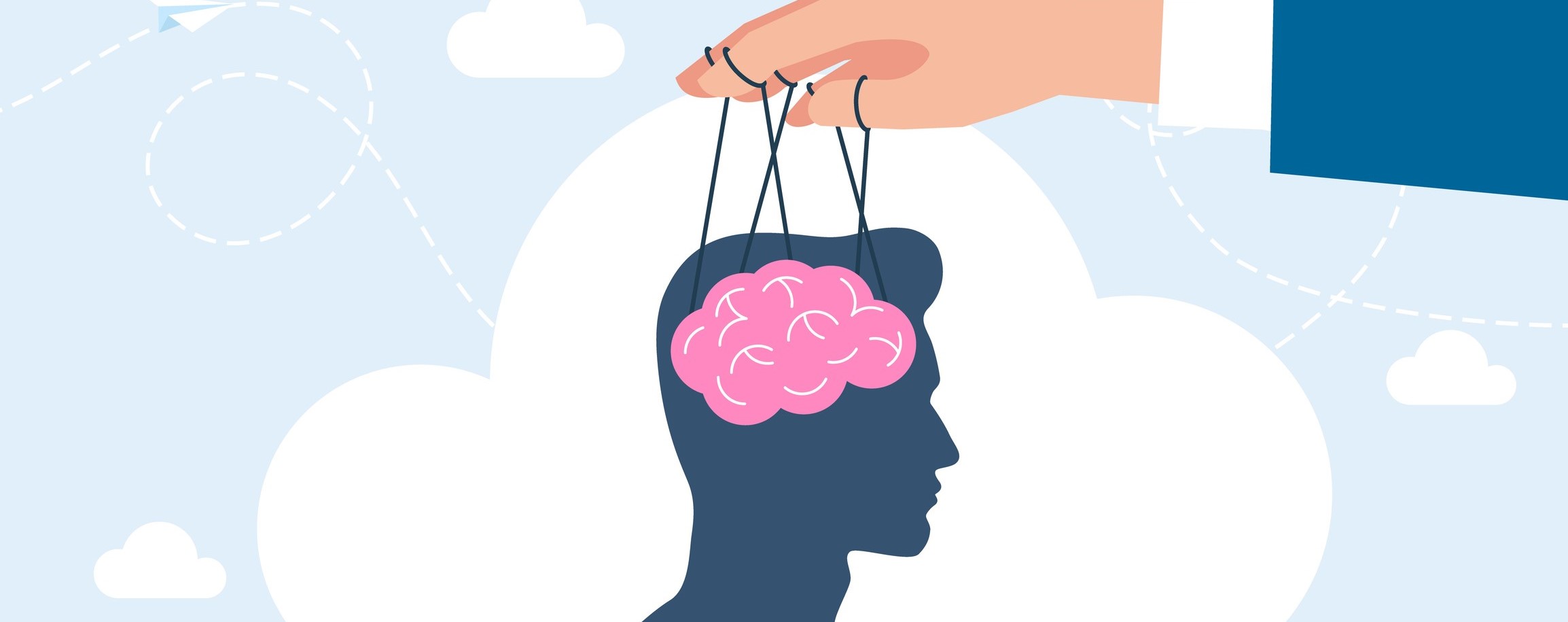
Tuesday, March 19, 2024 in Accessibility, Artificial Intelligence (AI), Health, Research, Technology
Share: Twitter, Facebook
